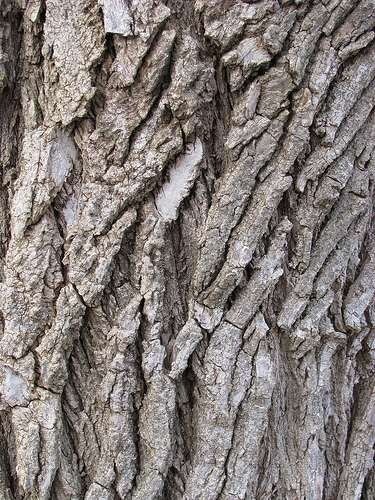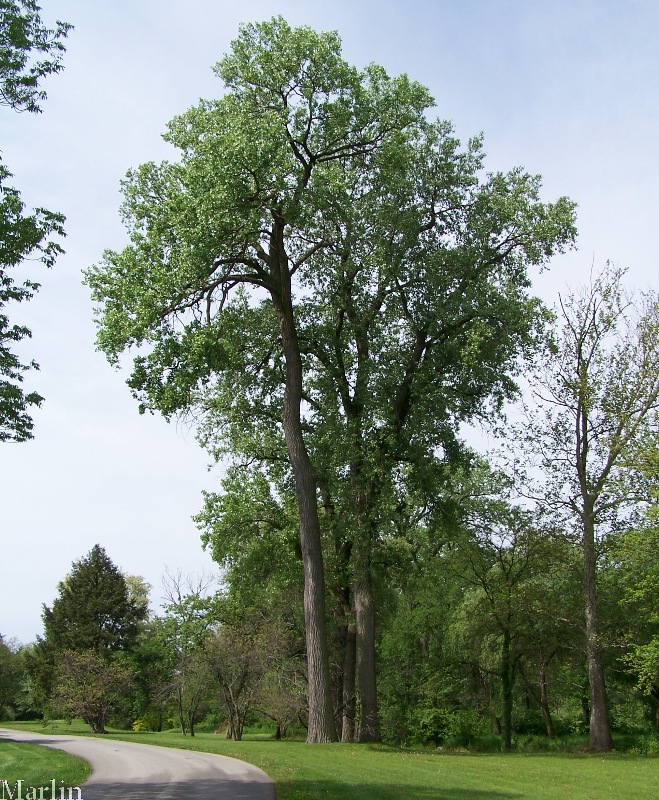Adaptation: Life on the Plains
Populus deltoides has evolved many traits to help it survive in its habitat. In order to live on the Great Plain region, cottonwoods had to be able to withstand prairie fires. The trees accomplished this by mainly growing on the edge of rivers and streams. Also, they developed a very thick bark as they matured. Due to their placement near water, when their seeds were carried by the wind, many of them, unsurprisingly, landed on the surface of the
water. The water would then abandon the seeds along the edge on riverbanks and sand bars.
Another adaptation evolved by the cottonwood is its characteristic of rapid growth. Under ideal circumstances, a cottonwood tree can grow to a height close to one hundred feet in 15 years. The average growth is from 70 to 100 feet in height and 50 to 70 feet in spread. Typically, most trees attain almost full growth after 40 years. Amazingly, the cottonwood can live for an extra one hundred years or even more after their initial growth spurt.
As mentioned previously, the cottonwood has developed heat resistant bark due to prairie fires. When the bark reaches the age of 15 to 20 years, it is able to resist the heat caused by sporadic prairie fires across the grasslands.
The cottonwood tree is distinguished as extremely intolerant of shade. However, it is more tolerant to shade than its other affiliates except for the willow. Due to the cottonwood's ability to grow faster than the willow, it is able to crowd out and overpower the willow.
Back to HOME page


